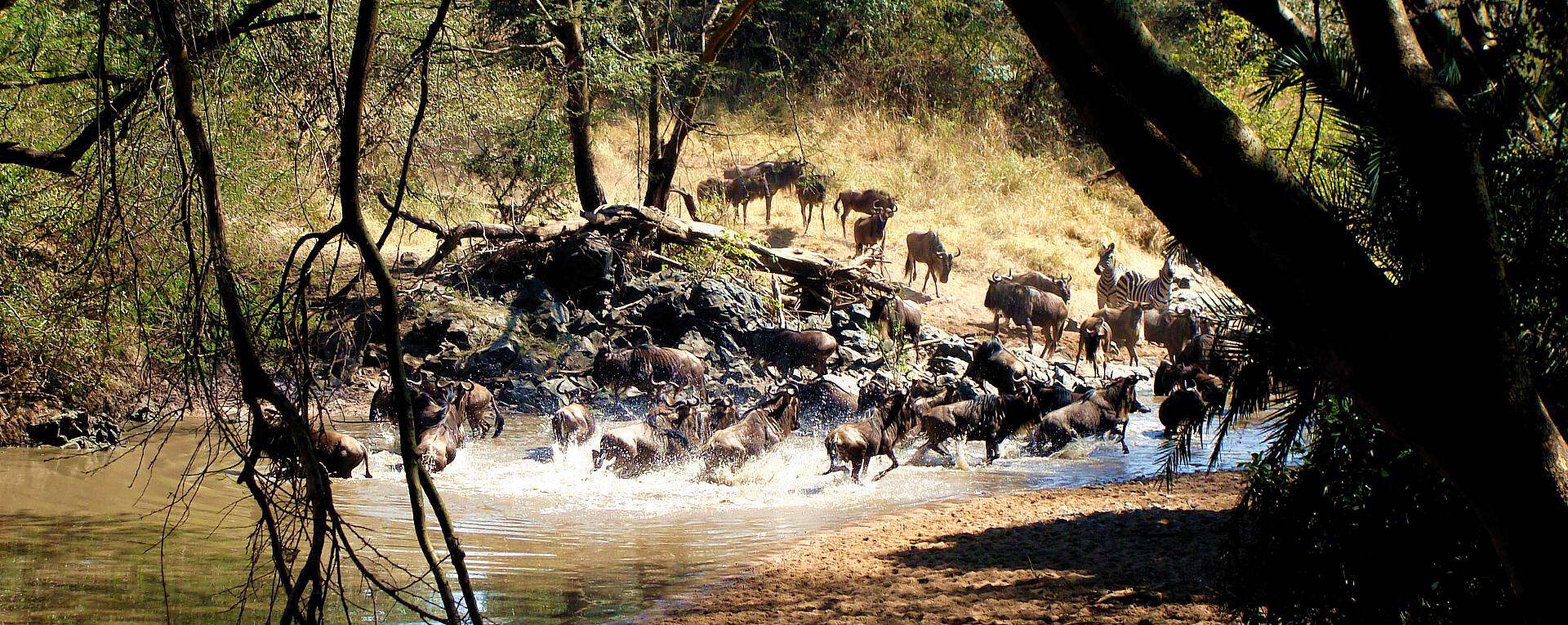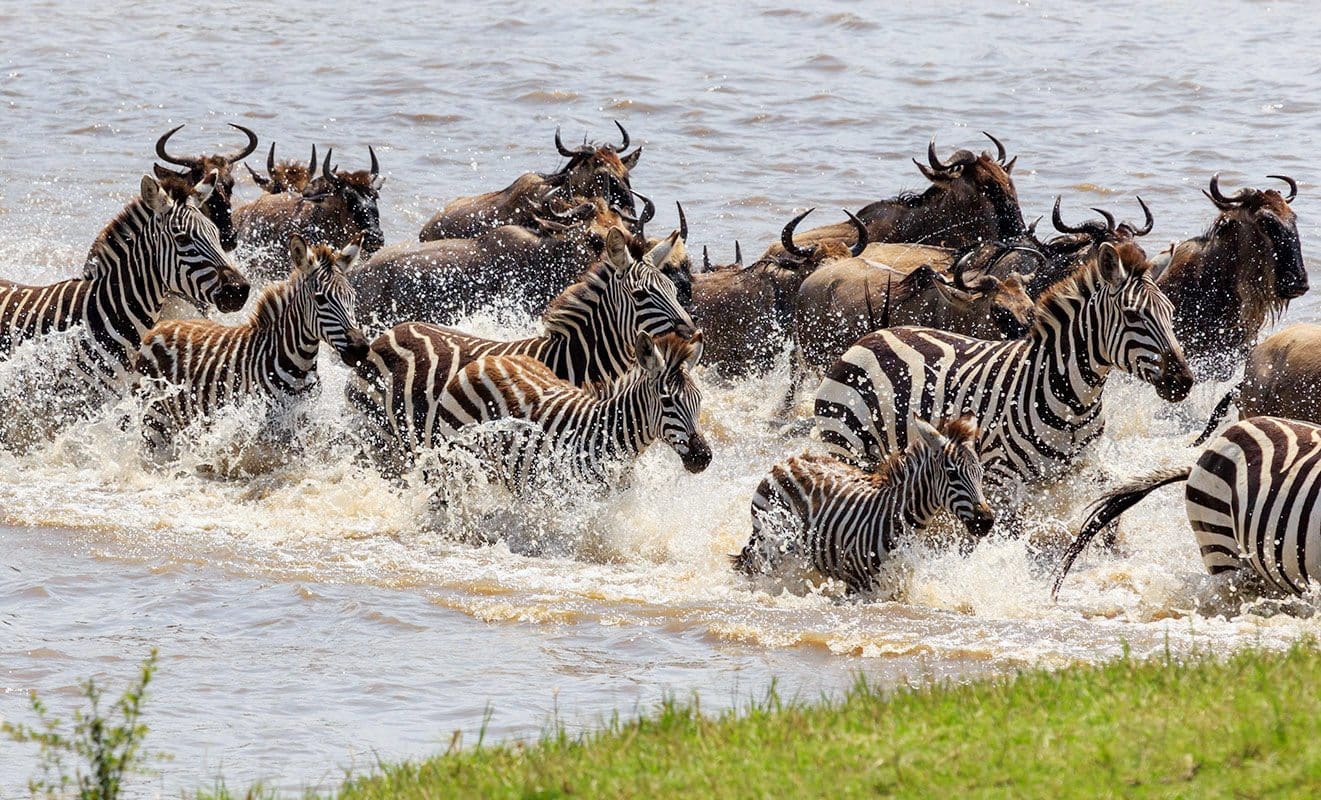Sera Community Conservancy, nestled in the remote and rugged heart of northern Kenya, is one of the most groundbreaking examples of community based conservation in Africa. Covering over 350,000 hectares, Sera is home to a mix of arid savannah, dry riverbeds, and rocky outcrops, a haven for wildlife species that have long adapted to Kenya’s semi-desert landscapes.
What sets Sera apart is its role as the first community conservancy in East Africa to reintroduce and actively manage a population of black rhinos. The Sera Rhino Sanctuary, fenced within part of the conservancy, has become a symbol of hope in rhino conservation, where visitors can track black rhinos on foot under armed ranger protection, a thrilling and rare safari experience. The conservancy is also home to elephants, Grevy’s zebras, reticulated giraffes, gerenuks, lions, leopards, and hyenas. More than a wildlife destination, Sera is a testament to what communities can achieve when empowered to own and protect their land and heritage.


